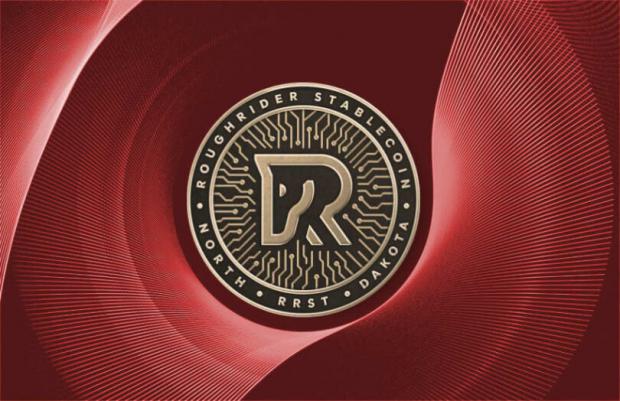
Breaking News
 2008 Crash Prophet Issues URGENT Bubble Warning for 2025 - Maloney
2008 Crash Prophet Issues URGENT Bubble Warning for 2025 - Maloney
 3D Printed Aluminum Alloy Sets Strength Record on Path to Lighter Aircraft Systems
3D Printed Aluminum Alloy Sets Strength Record on Path to Lighter Aircraft Systems
 Bitcoin Surges to $114,777 as Crypto Economy Adds $170 Billion in a Single Day
Bitcoin Surges to $114,777 as Crypto Economy Adds $170 Billion in a Single Day
 'Darker The Better': Daily Cocoa Slows 'Inflammaging' By 70%
'Darker The Better': Daily Cocoa Slows 'Inflammaging' By 70%
Top Tech News
SEMI-NEWS/SEMI-SATIRE: October 12, 2025 Edition
 Stem Cell Breakthrough for People with Parkinson's
Stem Cell Breakthrough for People with Parkinson's
 Linux Will Work For You. Time to Dump Windows 10. And Don't Bother with Windows 11
Linux Will Work For You. Time to Dump Windows 10. And Don't Bother with Windows 11
 XAI Using $18 Billion to Get 300,000 More Nvidia B200 Chips
XAI Using $18 Billion to Get 300,000 More Nvidia B200 Chips
 Immortal Monkeys? Not Quite, But Scientists Just Reversed Aging With 'Super' Stem Cells
Immortal Monkeys? Not Quite, But Scientists Just Reversed Aging With 'Super' Stem Cells
 ICE To Buy Tool That Tracks Locations Of Hundreds Of Millions Of Phones Every Day
ICE To Buy Tool That Tracks Locations Of Hundreds Of Millions Of Phones Every Day
 Yixiang 16kWh Battery For $1,920!? New Design!
Yixiang 16kWh Battery For $1,920!? New Design!
 Find a COMPATIBLE Linux Computer for $200+: Roadmap to Linux. Part 1
Find a COMPATIBLE Linux Computer for $200+: Roadmap to Linux. Part 1
 Bionic hand with NO brain implants?!
Bionic hand with NO brain implants?!
 Nano-cubosome eyedrops target macular degeneration without needles
Nano-cubosome eyedrops target macular degeneration without needles
North Dakota to Issue Stablecoin With Fiserv as Digital Dollar Trend Expands

What to know:
The state-owned Bank of North Dakota will issue a U.S. dollar stablecoin with Fiserv, targeting a debut in 2026.
The token, dubbed "Roughrider Coin," is aimed to facilitate bank-to-bank transfers and merchant payments.
Stablecoin adoption is accelerating nationwide after the passage of the federal GENIUS Act earlier this year. Wyoming has already deployed its stablecoin, currently in test phase.
The U.S. state of North Dakota is joining the stablecoin trend, with state-owned Bank of North Dakota teaming up with payments infrastructure giant Fiserv (FI) to launch a U.S. dollar-backed token aimed at financial institutions across the state.
The token, dubbed "Roughrider Coin," is expected to roll out next year and will run on Fiserv's digital asset platform and plug into its white-label FIUSD system, a stablecoin network designed for regulated banking environments.
The token is aimed to "increase bank-to-bank transactions, encourage global money movement and drive merchant adoption," the firms said in a press release.
The news follows Fiserv's June entrance with its crypto issuance platform on Solana to the fast-growing stablecoin sector. Stablecoins are increasingly used as a faster, cheaper and programmable alternative for moving money on top of blockchains. The asset class swelled to $293 billion, expanding roughly 70% in a year. The fast-paced growth was spurred by the GENIUS Act, signed into law by U.S. President Donald Trump in July, which set a federal framework for stablecoin issuers and cleared a legal path for financial institutions to adopt the technology.
With its stablecoin plan, North Dakota is joining Wyoming as the latest U.S. state experimenting with crypto. Wyoming has deployed its state-issued Frontier Stable Token earlier this year, and it is currently in a test phase.
Fiserv processes over 90 billion transactions a year for 10,000 financial institutions, and aims to position itself as a bridge between traditional finance and blockchain tech.



